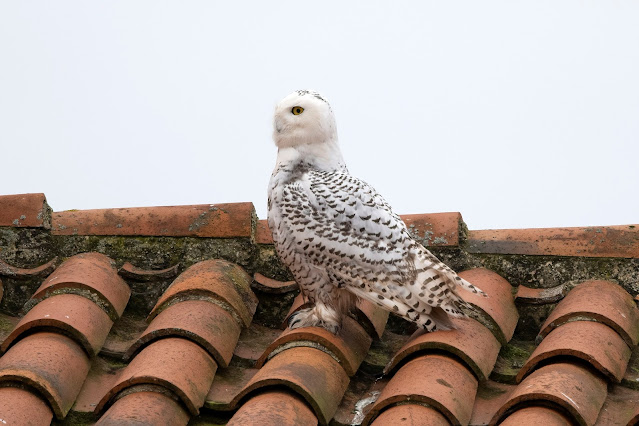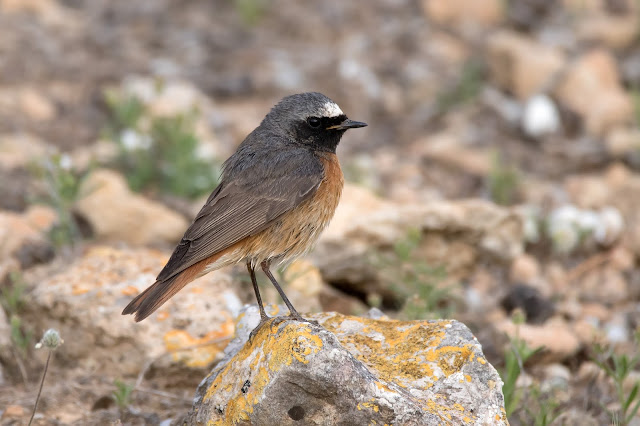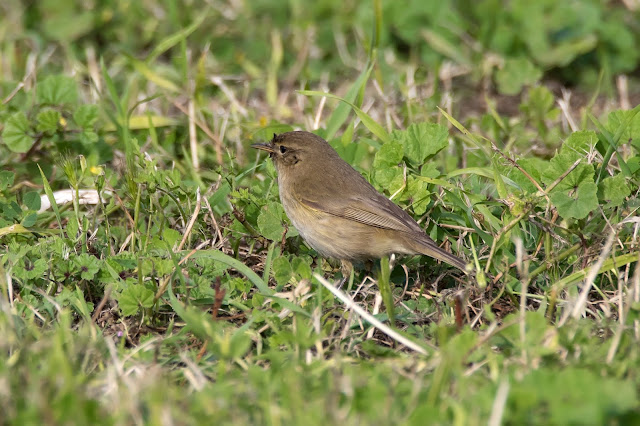El mes de Noviembre de 2021 será recordado por la comunidad de aficionados a las aves y ornitólogos como el mes en el que por primera vez en la historia se registra la llegada de tres Búhos Nivales al territorio Nocional.
Todo comienza el lunes día 8 cuando se localiza un individuo en la playa de Virgen del Mar, incapaz de volar, es recogido y llevado a un centro de recuperación, donde al día siguiente muere debido a su estado de desnutrición y deshidratación. No porta ni chips ni anillas de identificación, dos sistemas de marcaje obligatorios en aves de cautividad, por lo que empieza a tomar cuerpo la idea de que se trate de un individuo salvaje. La hipótesis que se baraja es que haya llegado en un barco procedente del Canadá o EEUU en lo que se llama un "viaje asistido". Este tipo de viajes ya están documentados y se trata de aves, principalmente jóvenes, que abandonan el Ártico Canadiense y en su dispersión hacia el Sur se adentran en mar abierto y al encontrase casadas usan iceberg o barcos para descansar, si el barco va con dirección a Europa llegan hasta las costas europeas y una vez detectan tierra o llegan a puerto vuelan llegando a países como Holanda, Francia o en este caso España. Se da la coincidencia que en esas fechas llego al puerto del Musel en Gijón un carguero procedente de Canadá.
Dos días después el 10 de Noviembre Ramón de Maroto fotografía una hembra en Moniello, Gozón, Asturias y que no se logra relocalizar en los días posteriores.
El día 13 por la mañana Manuel Raúl Alonso Ríos localiza un individuo en Cabo Peñas, Gozón, Asturias que es relocalizado por la tarde y identificado como un macho, por lo que se trata de un tercer individuo, diferente al visto el día 10 que era una hembra.
La noticia de la relocalización corre como la pólvora en los foros que tenemos los aficionados a las aves y el día 14 de madrugada emprendo viaje hacia Cabo Peñas, llegando sobre las 9.30 de la mañana. A mi llegada decenas de colegas ya se encuentran rastreando la zona tratando de relocalizar al macho. Yo prospecto los acantilados situados al Oeste del faro hasta que sobre las 10 de la mañana Luis José Salaverri comunica por WhatsApp que lo tiene relocalizado en Verdicio, a unos 5 km por carretera de Cabo Peñas. Para allí me dirijo y al llegar varias decenas de aficionados ya lo están observando y fotografiando, se encuentra posado en una edificación situada en medio de un prado. El madrugón mereció la pena estaba viendo un Búho Nival especie mítica para cualquier persona que le guste las observación de aves. A las pocas horas realizó un corto vuelo para posarse en un tejado de una casa situada a unos 100 m. permitiéndome hacer unas cuantas fotos en vuelo que muestro en esta entrada. En ese tejado estuvo el resto del día permitiendo a más de 100 aficionados a la ornitología poder disfrutar de su observación a no más de 30 m. y sin causarle molestias.
Muchos aficionados se pusieron en viaje el lunes desde todos los puntos del territorio Nocional, por desgracia los dos días siguientes no fue relocalizado, hasta que el día 17 se relocalizan nuevamente los dos individuos, la hembra en Cabo Peñas y el macho en el puerto del Musel, Gijón.
Algunos enlaces de interes:
https://elpais.com/clima-y-medio-ambiente/2021-11-29/las-aves-mas-raras-observadas-en-espana.html
https://www.rtpa.es/noticias-asturias:Un-buho-del-Artico-en-Asturias_111636918993.html
https://www.abc.es/espana/abci-buho-nival-congrega-multitudes-asturias-202111161806_video.html
English version at the end of the post





























































































